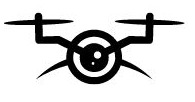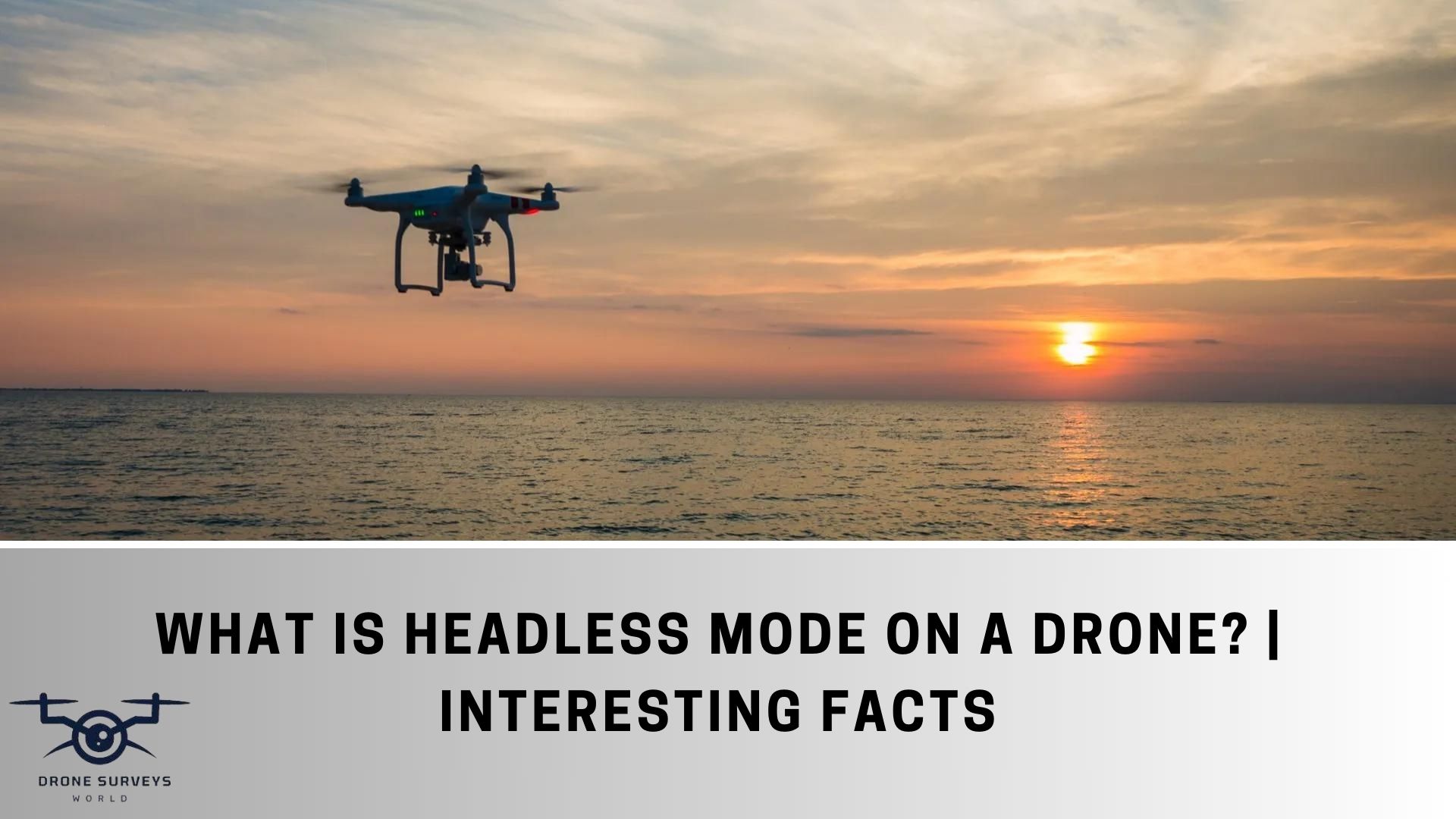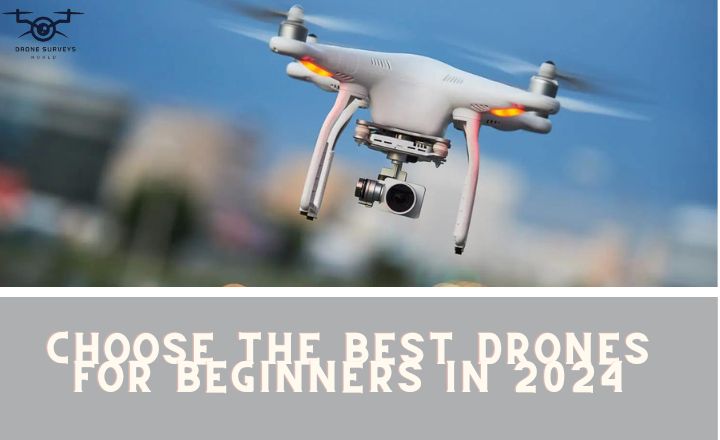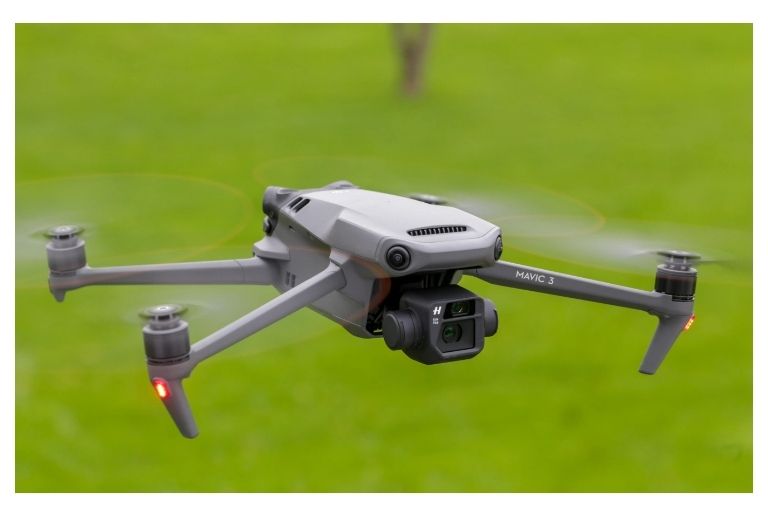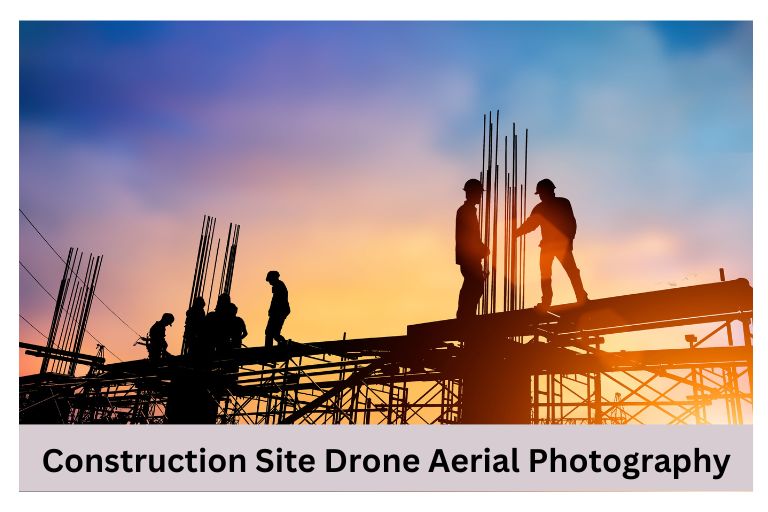Drones have changed how we film from above and explore the skies in new ways. Headless mode on a drone makes flying easier, especially for the beginners, so they can focus on capturing great footage. We will look at and tells you about drone Headless mode, how it works, and why it is important for both new and experienced pilots.
What Is Headless Mode ON A Drone
Headless mode on a drone helps pilots fly without knowing which way the front of the drone faces. It benefits beginners who need help figuring out the drone’s direction. This mode makes it easier to do cool tricks and fly in complicated paths. With this mode, pilots can focus on getting great video and making precise movements without worrying about the usual flight controls.
It also makes flying safer by reducing the chance of getting confused and having accidents. This feature is helpful for both casual and severe drone flyers. Headless mode is a big step forward in drone technology. It makes controlling drones easier and opens up more possibilities for exploring the sky.
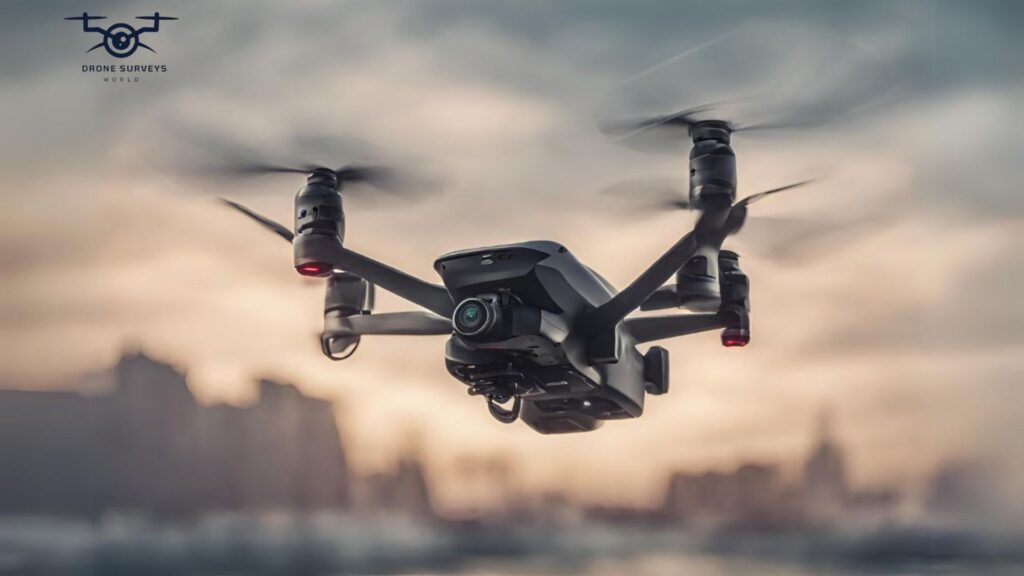
Working OF Headless Mode ON Drone
Headless mode on drones lets the operator control the aircraft without worrying about its direction. It uses the drone’s compass and GPS to keep a fixed reference point, so no matter which way the drone faces, pushing forward on the controller makes it move away, and pulling back brings it closer.
This feature is convenient for beginners who may need help understanding their drone’s direction in the air, as it simplifies piloting by removing the need to adjust controls based on the drone’s position. Relying only on headless mode may limit the development of piloting skills and spatial awareness when flying a drone.
This mode can improve filmmaking by helping cinematographers focus on capturing great shots without worrying about orientation. This allows them to be more creative and produce stunning aerial footage while staying in control of their subject.
Activation Process For Headless Mode
Activating headless mode drone is a big deal for getting the most out of a drone. This feature lets pilots control the drone from their point of view, no matter the way it faces. But people often need to remember how tricky it is to turn on the mode. You must follow specific steps that might differ for each drone to do it.
This means connecting the controller to the drone and doing certain things with the joysticks or settings. Understanding and doing these steps right is essential to navigate smoothly in the mode. And once it’s on, pilots have to get used to flying in this different way.
It is a mental shift because left and right are based on their position, not the drone’s direction. Mastering these details lets you capture amazing aerial footage and easily navigate tricky flight paths.

Orientation OF The Drone IN Headless Mode
It is a helpful feature for drone pilots Who are just starting or have experience. It makes it easier to control the drone because its orientation isn’t tied to its forward direction. Pilots can focus on directing the drone where it wants to go without constantly adjusting its orientation.
It also allows for more creativity in aerial photography and videography. Pilots can try different shots and angles without worrying about losing control or orientation. It also enables unique maneuvers that may not be possible in standard flight modes.
This mode makes it easier for users to know where the drone is. Pilots can focus on taking great videos or improving their flying skills without having to keep figuring out the drone’s position. Some people think it is only for new flyers, but it has many uses and advantages for all drone pilots.
Importance OF Orientation
Headless mode is essential for drones. It helps beginners fly better because the drone moves based on where the controller is, not which way the drone is facing. This means beginners can handle which way the drone is pointing. They can focus on getting better at flying and taking cool videos.
It is also useful when it’s hard to see, like at night or in fog. It helps pilots stay in control even when they can’t see well. It is essential for getting accurate data for professional jobs like surveying. It helps ensure the drone is always facing the right way so the data is reliable.
Key Components OF Headless Mode
Headless mode in drones is an essential feature that allows for easier control and maneuverability, especially for beginners. Given below are some critical components of this mode.
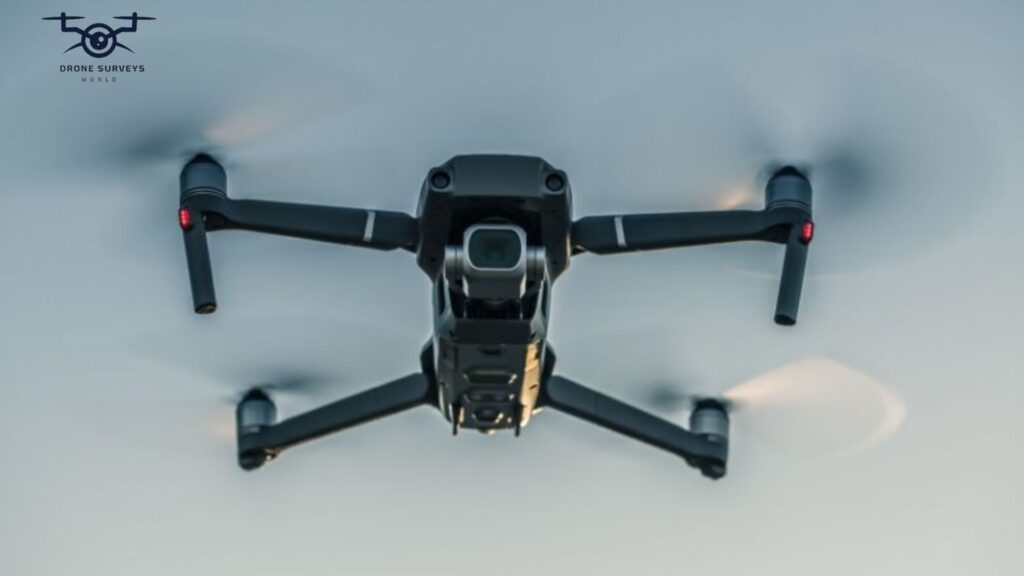
Digital Compass
This crucial technology allows the drone to maintain its orientation regardless of its position or movement. The digital compass in headless mode makes it easier for pilots to control the drone without thinking about its direction.
This is helpful for beginners who need help understanding regular controls. Modern digital compasses are accurate and reliable, making flying safer and more efficient. They are also getting better at dealing with magnetic interference, which improves their performance in real-life flying situations.
Yaw Control
The rotation of the Whichrone around its vertical axis works differently in headless than in standard mode. The drone’s orientation or heading doesn’t affect yaw controls in headless mode. They’re based on the pilot’s point of view.
Moving the yaw stick left or right makes the drone rotate from where it started, no matter which way it’s facing. This unique way of controlling yaw in this mode makes flying more accessible, so pilots can focus on filming or navigating tight spaces without worrying about adjusting for orientation changes.
Learning and mastering this different way of controlling yaw can inspire drone enthusiasts to try new flying techniques.
Altitude Hold
Altitude hold in head holding is less critical for capturing smooth and stable aerial footage when flying a drone. Headless mode lets pilots fly the drone without worrying about its orientation, and altitude hold makes it easy to maintain a consistent height.
These features allow for capturing stunning visuals from unique angles with precision and control. Altitude holds in this mode, providing drone pilots freedom and creativity when filming landscapes, tracking fast-moving subjects, or maneuvering through tight spaces.
Normal Mode VS Headless Mode
Drone headless mode vs normal these are two different operating modes that are commonly used in it.

Normal Flight Mode
A crucial aspect to consider is the drone’s orientation about its flight direction. When the pilot moves the control stick, they must clearly understand which direction the front of the drone is facing.
If the drone is facing south and the pilot moves the control stick forward, it would go towards south regardless of its actual position.
Comparison
The debate between normal and headless drone modes has been a hot topic among drone enthusiasts. In normal mode, the drone’s direction is based on its orientation, often requiring pilots to constantly adjust their control inputs to maintain the desired flight path.
Headless mode allows pilots to steer the drone based on their position relative to it, freeing them from having to account for the drone’s orientation constantly. Fresh insight is that normal mode offers a more immersive flying experience and better control in challenging conditions.
In contrast, the headless mode provides beginners a more accessible and intuitive piloting experience. Headless mode can be handy when using drones for photography or videography, as it allows pilots to focus more on framing shots and less on keeping track of the drone’s orientation.
Headless mode is unsuitable in all situations; it is essential to note.
It could be better for doing tricky moves or flying in FPV mode. In FPV mode, pilots need to know the drone’s position, which headless mode doesn’t show. Headless mode can stop pilots from learning critical flying skills and knowing where the drone is. Flying in FPV requires a good understanding of the drone and making quick changes based on its position.
Headless Mode For Beginners
Headless mode on a drone helps beginners fly more efficiently. Explained below is why headless mode is helpful for beginners using drones.
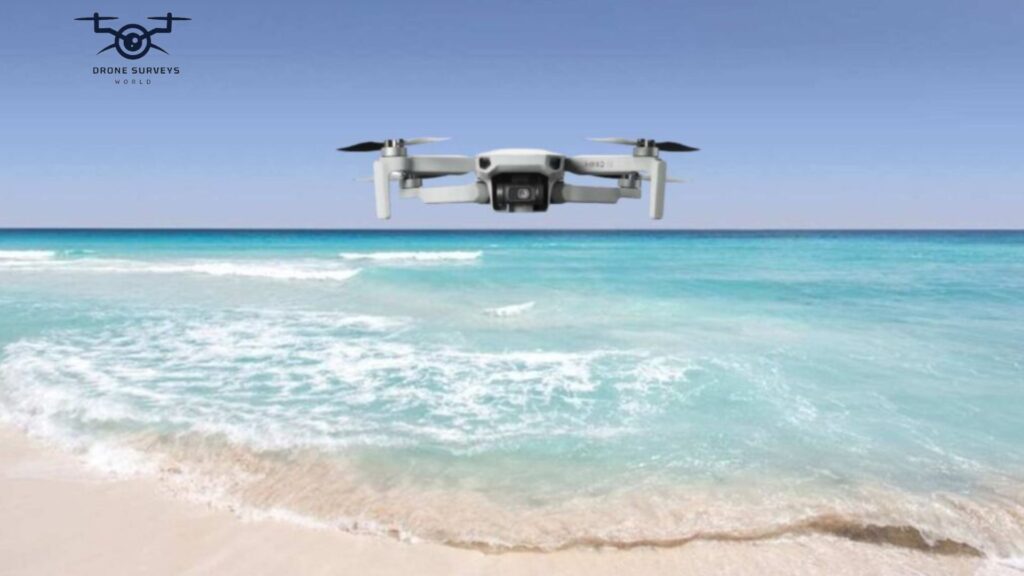
Friendly Features For Beginner
Headless mode is a great help for new drone pilots. It makes flying drones easier by removing the need to worry about the drone’s orientation. With headless mode, you can push the control stick, and the drone will move in that direction, no matter which way it’s facing.
This feature is common on beginner drones, making them easier for new pilots who are just starting out in aerial photography and videography. It allows new pilots to focus on getting better at flying without having to deal with complicated controls or being concerned about losing track of their drone’s direction while flying.
Also, drones with this mode are usually smaller and cheaper, perfect for beginners trying out this fun hobby for the first time. They offer a simplified flying experience that builds confidence.
Learning Curve
Headless mode makes it easier for beginners to fly drones. Learning to control a drone can be challenging because even small changes in direction can be confusing. But headless mode makes it simpler by making the drone move the same way the pilot is facing.
This helps beginners feel more confident and secure when flying a drone. It also lets them focus on getting better at flying without worrying about the way the drone faces.
Headless Mode IN Different Drones
Different drones offer unique variations of headless mode, catering to various needs and preferences. Given below are some drones that have headless mode.
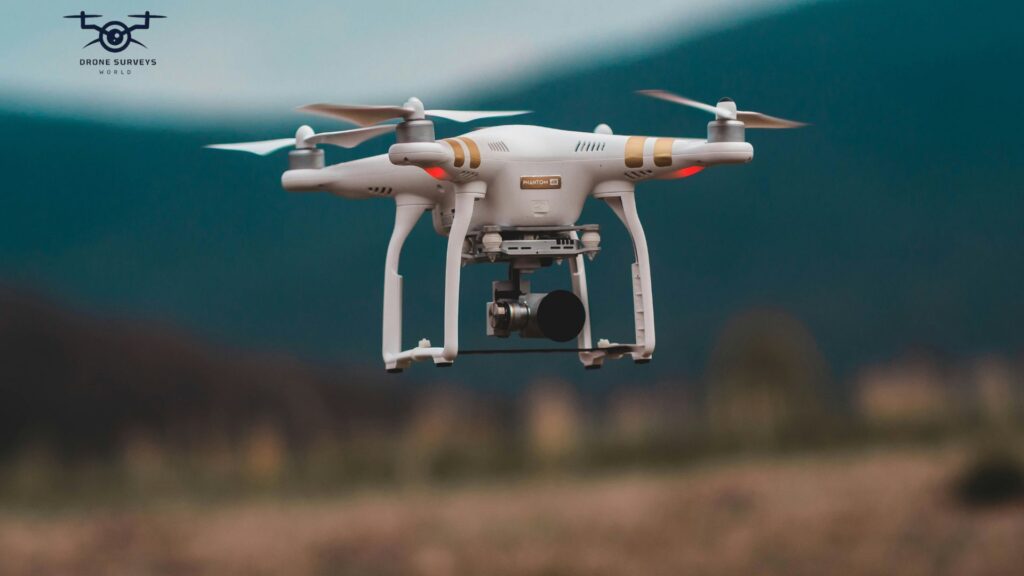
MJX BUGS 2W
This feature allows the drone to maneuver based on the direction the joystick is pushed, regardless of its orientation in space. This means that even if the drone is facing away from you, pushing the joystick forward will cause it to move toward you.
Headless mode can be an incredible asset for beginners or those who struggle with spatial awareness. With headless mode enabled, users can quickly and confidently fly their MJX Bugs 2W without worrying about losing track of which way is forward.
Altair AA108
Headless mode allows you to control your drone without worrying about which way it’s facing. No matter the direction, pushing forward on the controller makes the drone go ahead, pulling back makes it go backward, and so on.
This is helpful for beginners who struggle with controlling the drone’s direction. It also makes flying more intuitive and gives experienced pilots more control. Maintaining orientation in high-speed or high-altitude situations can be difficult and time-consuming without headless mode.
This option gives you more freedom and improves your ability to capture great aerial shots with the Altair AA108.
DJI Mavic Mini
The DJI Mavic Mini drone is small and lightweight, making it great for travel. It doesn’t have a headless mode like some other drones. Headless mode lets you fly the drone in any direction, regardless of which way it’s facing. Not having this feature can help pilots improve at flying without assistance.
Instead of a headless mode, the Mavic Mini has a ” CineSmooth ” feature. This feature helps create smooth and professional-looking shots by slowing down control movements. With CineSmooth, pilots can capture amazing aerial shots that look like they’re from movies or documentaries.
SYMA X5C
The SYMA X5C drone has a great feature called headless mode. It makes flying the drone easy for both beginners and experts. You don’t have to worry about how the drone faces so that anyone can pass it.
When the headless mode is on, the drone will move in the direction you push the joystick, regardless of its orientation.
Safety Precautions For Headless Mode
Safety should always be a top priority when using this mode on a drone. Despite its convenience and ability to make flying more accessible, several precautions must be taken to prevent accidents or mishaps.
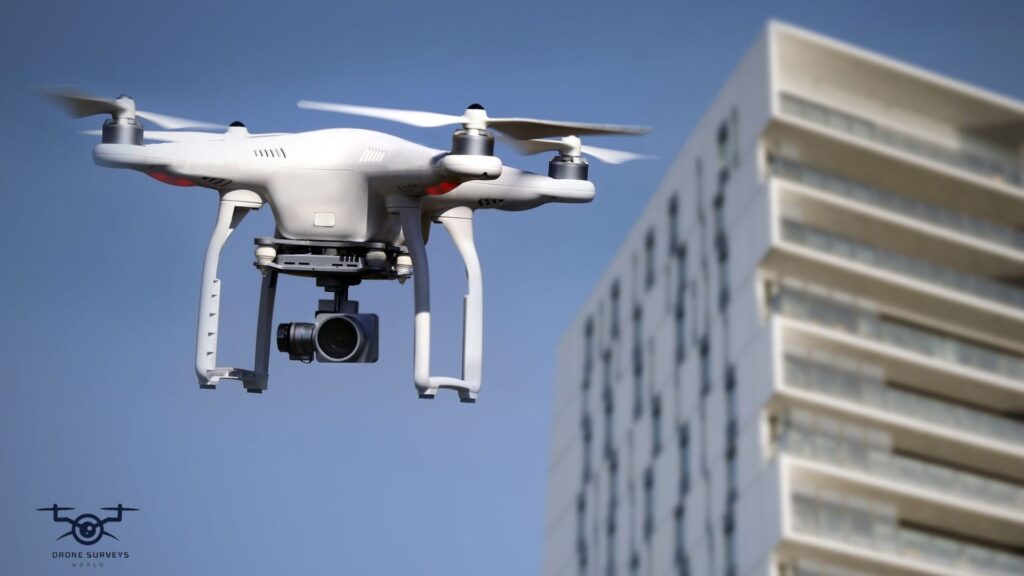
Obstacles
When using this mode on your drone, it is important to be in an open area without any obstacles. This means avoiding trees, buildings, and power lines. Trees are hazardous because they can tangle or damage the drone’s propellers. Headless mode enables the drone to move in any direction, regardless of its orientation.
In this mode, where the controls are based on the operator’s position, it’s easier to misjudge distances and angles. That’s why flying in an area without obstacles is crucial, so you have plenty of space to maneuver without worrying about collisions.
Windier Weather Conditions
Flying a drone in windy conditions can be difficult, especially when using the headless mode. This flight feature makes it easier to control the drone regardless of its orientation, but it’s essential to be extra careful when there is wind.
An important safety measure is to avoid flying in windy weather altogether. Strong gusts of wind can make the drone unstable and hard to control, increasing the risk of accidents or losing control completely.
If you must fly in windy conditions, try flying at lower altitudes with less robust winde. This can help reduce some risks of using the headless mode in windy weather.
Electromagnetic Interference
EMI can disrupt the communication between the drone and the pilot’s controller, leading to unexpected behavior and potential accidents. Before flying in an area with EMI problems, update your drone’s software.
Keep your drone in sight when flying in areas with EMI interference. Check the maximum distance your remote control can reach before entering areas with weak signals caused by EMI.
Conclusion
Headless mode on a drone is a helpful feature that allows beginners to easily control their drones without worrying about orientation. By constantly eliminating the need to adjust and correct the drone’s direction, headless mode simplifies the flying experience and makes it more accessible for newcomers.
Frequently Asked Questions
Do all drones have a headless mode?
No, not all drones have a headless mode. It is a feature that is typically found in entry-level and mid-range consumer drones.
What is a headless mode quadcopter?
A headless mode quadcopter is a drone that does not require the user to position it in a specific orientation before flying.
Does using headless mode affect battery life?
Using headless mode itself does not directly impact battery life significantly more than flying in other modes; Flying longer due to potential difficulties caused by headless mode may drain the battery faster.
